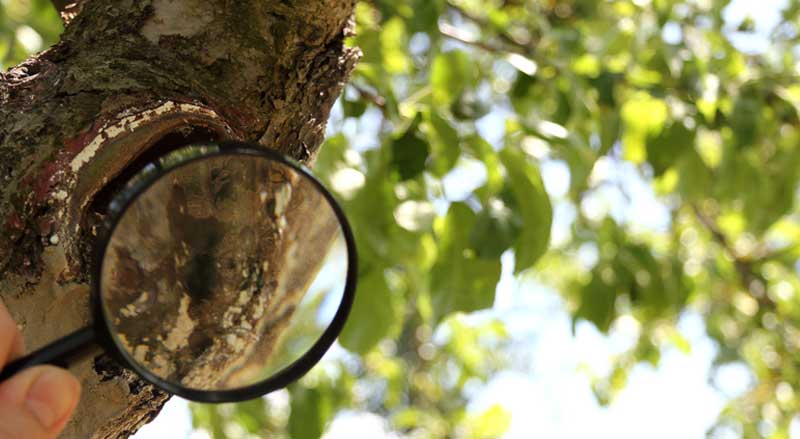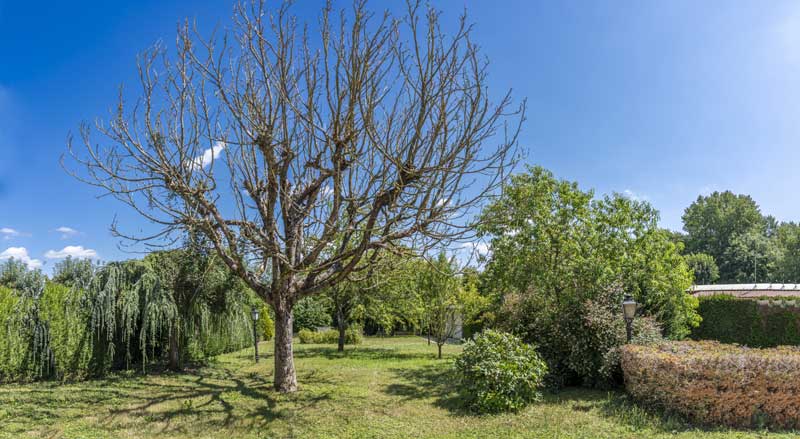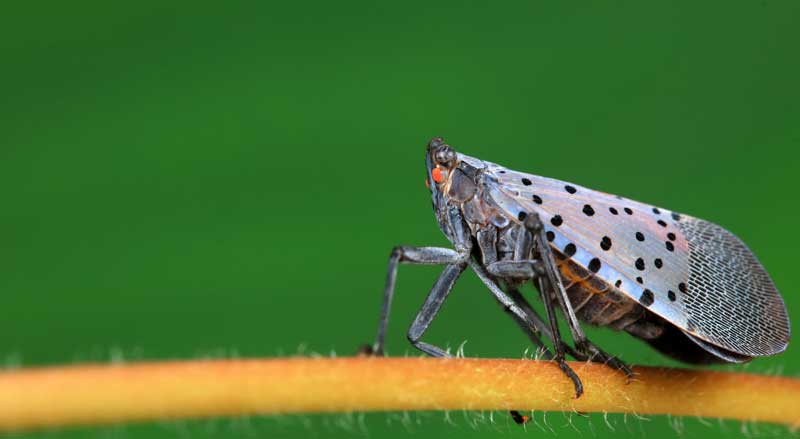If you’ve noticed that some of the trees in your landscape aren’t springing to life this year, a fertilizer application may be the answer. Give them some added nutrition to transition back to thriving and beautiful. Pruning and trimming away overgrown or dead branches are things that can be done almost any time of the year to create new growth.. But fertilizing, specifically in the spring, is one of your best options for making your trees bud, flower, and bloom in the coming month.
 Start With Healthy Soil
Start With Healthy Soil
Healthy soil doesn’t show signs of being compacted from erosion. It’s free of crust, pesticides, and salt build-up. Soil that’s best for growing prosperous trees must have a pH balance conducive to their growth. Some plants thrive in acidic soils while others quickly decay. It’s important to know what your trees and shrubs need in their diet before trying to make changes to your soil. pH balance is tested on a scale from one to 14. A pH reading of seven is considered neutral; anything less is acidic. Anything greater than seven is basic.
 Prescribed Balance
Prescribed Balance
Blanket treatments using traditional materials aren’t nearly as ecofriendly as organic services targeting specific problems in your soil. Applying only the nutrients your soil needs will prevent damage from over saturation. Creating the right balance in the soil can vary from yard to yard and even section to section of your yard. Evaluating your soil for deficiencies will increase your knowledge and make every tree, shrub or plant that much easier to choose and sustain.
Application
Surface Application
Spray fertilizers are very common but can become quite messy if proper equipment isn’t utilized. Organic products are often considered the best since they don’t have a harmful impact to the environment or pets. When applying fertilizer to aid in the growth of your tree, do not spray or place it on turf or ground cover.
Subsurface Application
This application includes drilling holes in the correct areas of the soil around the tree to pour in fertilizer. This helps the nutrients reach deeply into the ground and tree roots.
Foliage and Trunk Application
This method is used when surface and subsurface application have failed. Consulting a certified professional before trying this method will help to determine if it is necessary since it should be considered a last resort.
Fertility Management
Slow release fertilizers formulated specifically for your tree’s health will reduce the need for repeated treatments. Choose a fertilizer that is about 50% slow-release and you will not only have better results but also less work!

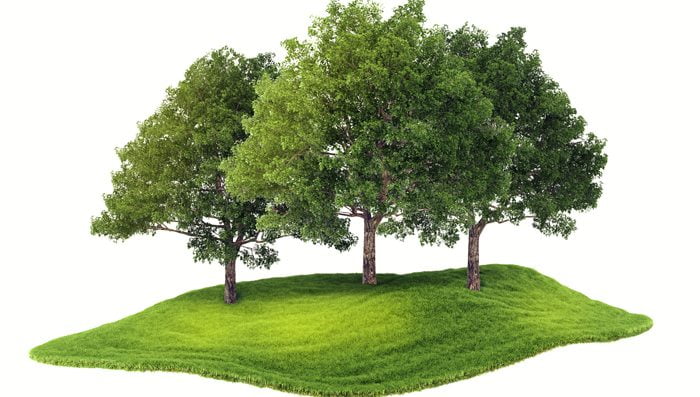
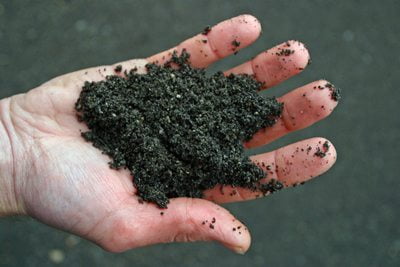 Start With Healthy Soil
Start With Healthy Soil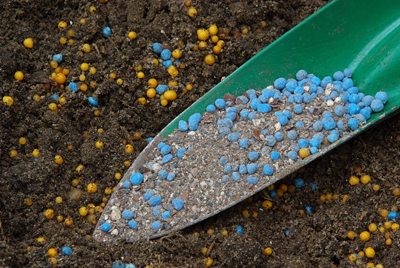 Prescribed Balance
Prescribed Balance